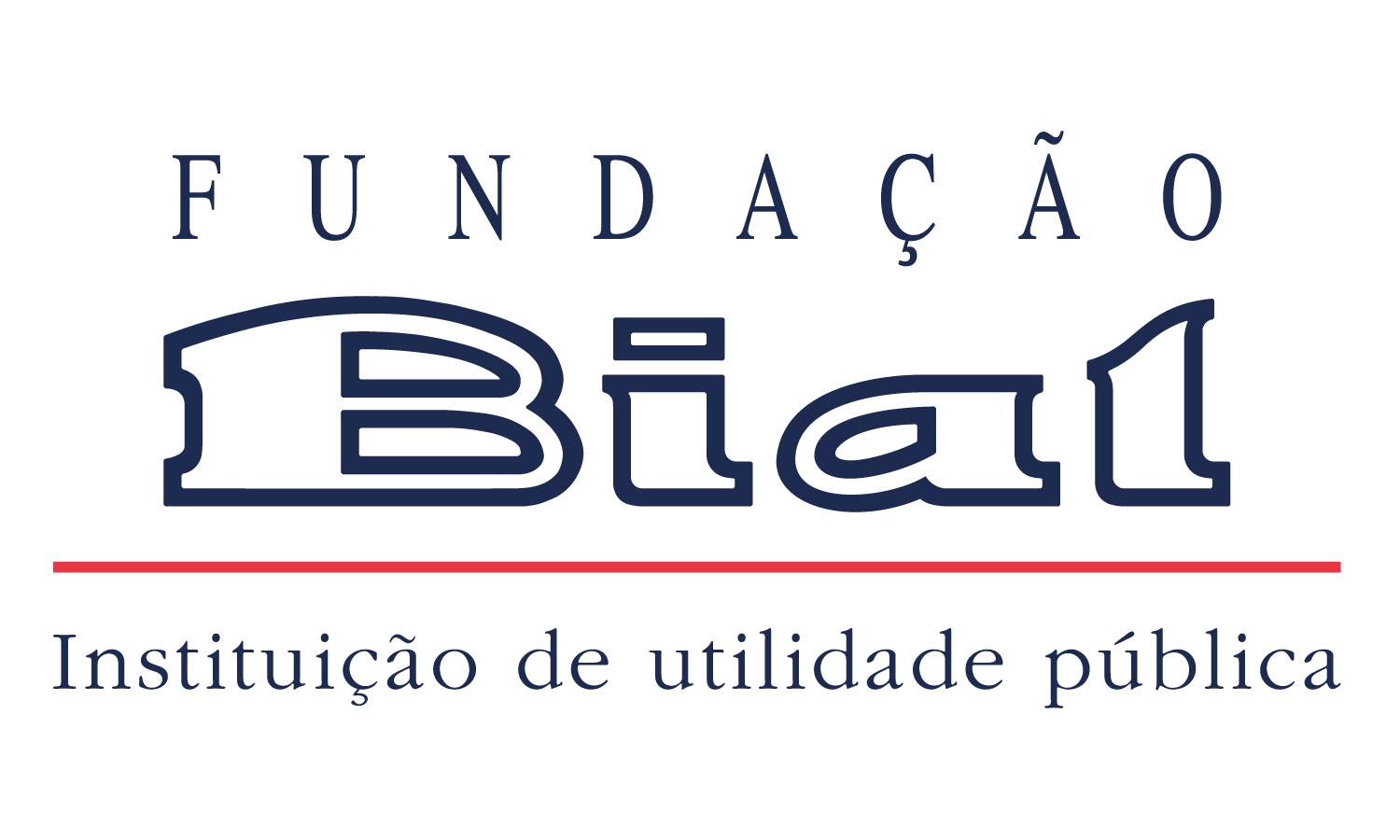Francesca Starita, investigadora principal do projeto de investigação 47/20 - Fear in action: how Pavlovian fear learning shapes goal-directed motor responses, apoiado pela Fundação BIAL, analisou a capacidade em reajustar de forma flexível a previsão de ameaça em função das contingências ambientais atuais e concluiu que no córtex pré-frontal ventromedial o ritmo teta pode desempenhar um papel inibitório de respostas que já não são apropriadas. Resultados adicionais são descritos no artigo Theta and alpha power track the acquisition and reversal of threat predictions and correlate with skin conductance response publicado na revista científica Psychophysiology.
ABSTRACT
The ability to flexibly adjust one's threat predictions to meet the current environmental contingencies is crucial to survival. Nevertheless, its neural oscillatory correlates remain elusive in humans. Here, we tested whether changes in theta and alpha brain oscillations mark the updating of threat predictions and correlate with response of the peripheral nervous system. To this end, electroencephalogram and electrodermal activity were recorded in a group of healthy adults, who completed a Pavlovian threat conditioning task that included an acquisition and a reversal phase. Both theta and alpha power discriminated between threat and safety, with each frequency band showing unique patterns of modulations during acquisition and reversal. While changes in midcingulate theta power may learn the timing of an upcoming danger, alpha power may reflect the preparation of the somato-motor system. Additionally, ventromedial prefrontal cortex theta may play a role in the inhibition of previously acquired threat responses, when they are no longer appropriate. Finally, theta and alpha power correlated with skin conductance response, establishing a direct relationship between activation of the central and peripheral nervous systems. Taken together these results highlight the existence of multiple oscillatory systems that flexibly regulate their activity for the successful expression of threat responses in an ever-changing environment.

































































































